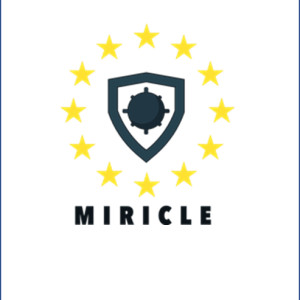 \
&
Contact us
\
&
Contact us
 \
&
Contact us
\
&
Contact us
Published on | 2 years ago
Programmes HealthIn order to best ensure equal treatment, successful stage 1 applicants do not receive the evaluation summary reports (ESRs) for their proposals, but this generalised feedback with information and tips for preparing the full proposal.
HLTH-2022-STAYHLTH-01-two-stage
Information & tips
Main suggestions to stage 2 applicants:
Information & tips
Main suggestions to stage 2 applicants:
In stage 2 off all above mentioned proposals, there will be a chance to address or clarify these issues. Please bear in mind that the full proposal will now be evaluated more in-depth and possibly by a new group of outside experts.
Please make sure that the full proposal is consistent with your short outline proposal. It may not differ substantially. The project must remain the same.
Source: Funding and Tender Portal
We offer news and event updates, covering all domains and topics of Horizon Europe, Digital Europe & EDF (and occasionally, for ongoing projects, Horizon 2020).
Stay informed about what matters to you.
By signing up, you can opt in for e-mail notifications and get access to
a personalised dashboard that groups all news updates and event announcements in your domain(s).
Only for stakeholders located in Flanders
Culture and society Agro-Food, Environment Missions
The TIDAL ArtS project is funded under the Mission for clean oceans and inland waters and combines the power of art and science to inspire action for our ocean and waters. In april they will publish a Lighthouse call for proposals of up to 15.000 euro per artistic work. The aim of the project is notably to create public art and raise awareness on... read more

The Miricle project, ‘Mine Risk Clearance for Europe’, obtained funding under the European Defence Industrial Development programme call ‘Underwater control contributing to resilience at sea’. The main objective of the project was to achieve a European and sovereign capacity in future mine warfare and create a path for the next generation ‘made in Europe’ countermeasure solutions. In order to realise this objective, Miricle addressed various stages: studies, design, prototyping and testing. These stages inter alia included the successful testing of an XL Unmanned Underwater Vehicle, a protototyped mine disposal system and multiple innovative systems to detect buried mines. Flanders Marine Institute (VLIZ), was one of the five Belgian partners in the consortium. Within the project, VLIZ was able to forward its research on the acoustic imaging of the seabed to spatially map and visualize buried structures and objects - in this case buried mines - in the highest possible detail. VLIZ also led the work on ‘Port and Offshore Testing’, building on the expertise of the institute in the field of marine operations and technology.